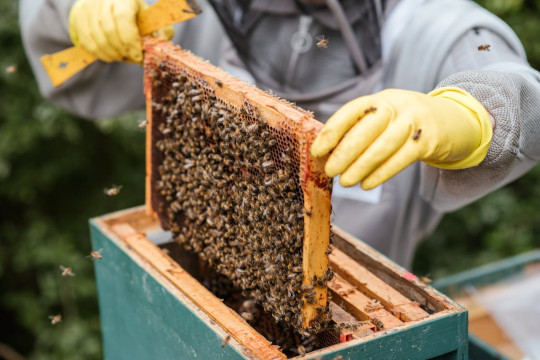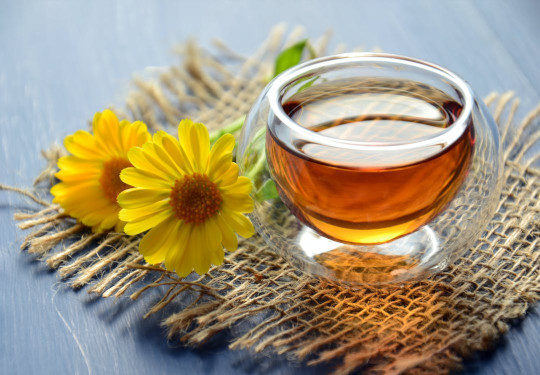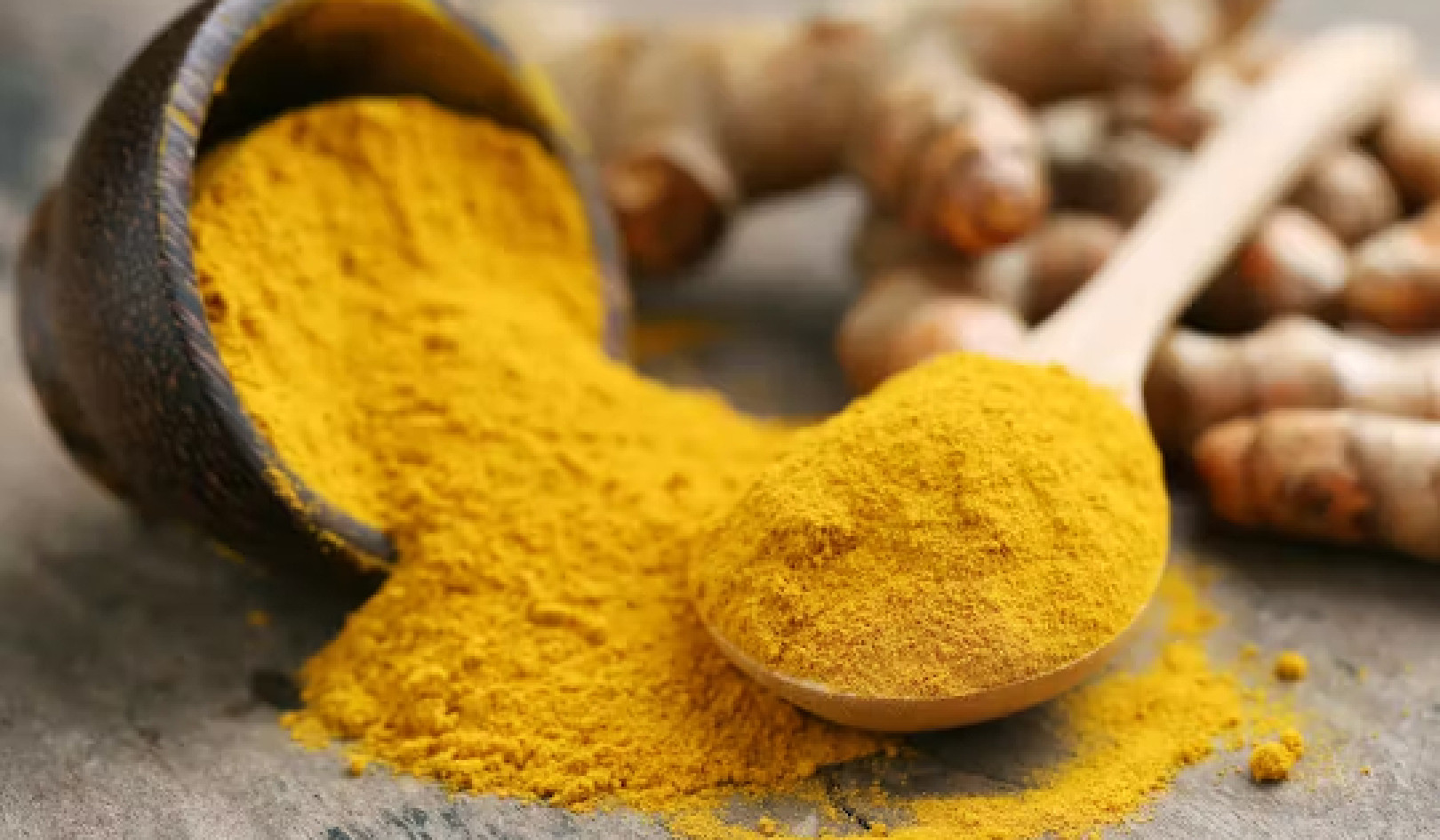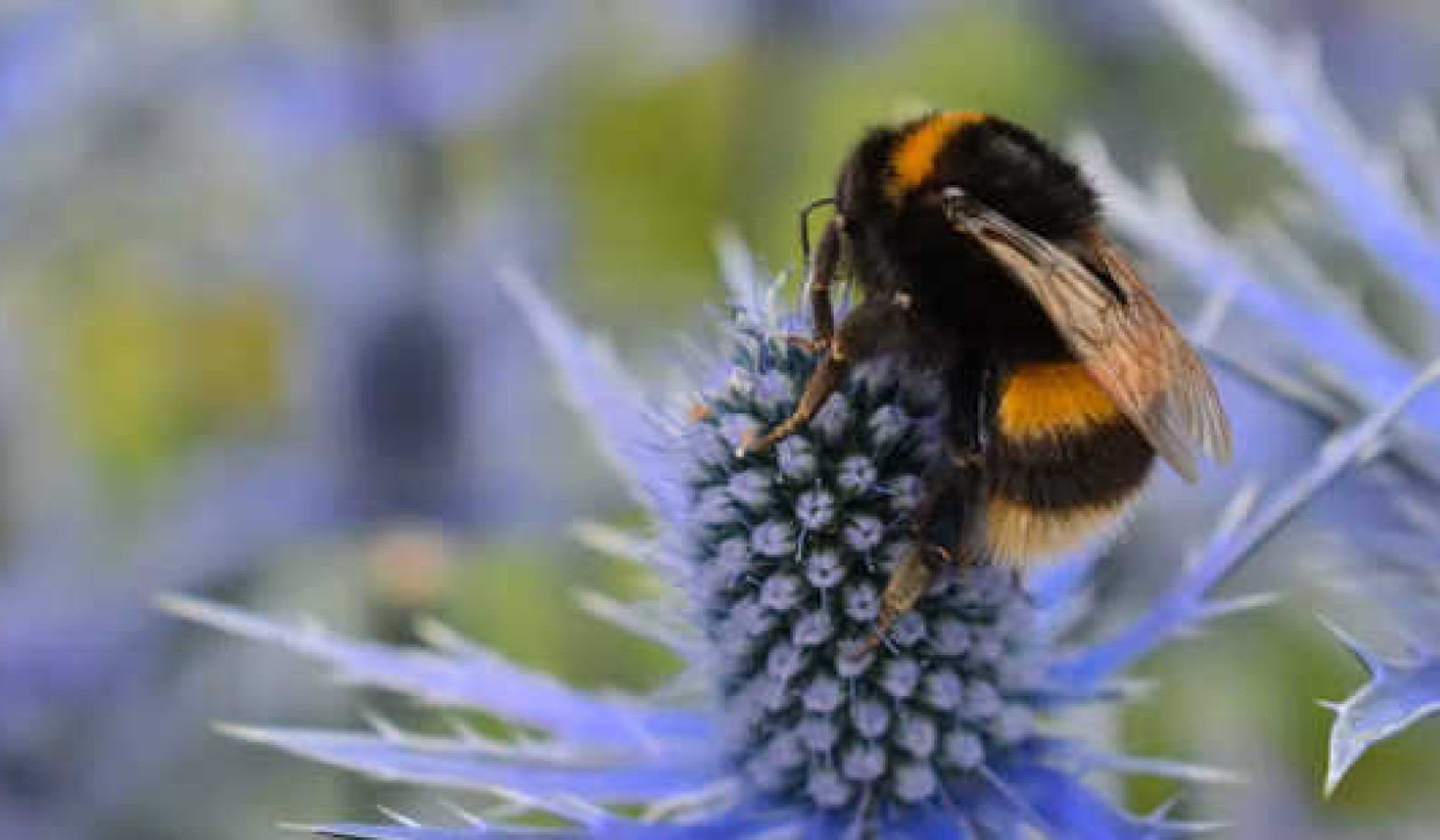
Anete Lusina
You expect pure, unadulterated sweetness when you reach for that honey jar in your pantry. However, the unfortunate truth is that honey adulteration is a common practice. Unscrupulous honey sellers may add impurities or alter the composition of honey to increase profits or deceive consumers.
In this article, we will explore the various methods of honey adulteration, the motivations behind it, and, most importantly, provide you with 10 tests you can perform at home to identify if your honey is authentic.
How They Mess Up Your Honey
Honey adulteration involves various methods by unscrupulous sellers to deceive consumers and increase their profits. One standard method is dilution, where honey sellers mix their product with cheaper sweeteners like corn syrup, sugar syrup, or artificial sweeteners. This dilution increases the volume of honey and reduces its quality and nutritional value, compromising its natural sweetness and health benefits.
Another method of adulteration is ultrafiltration. While this process can be legitimate for specific purposes like improving clarity or preventing crystallization, some adulterators abuse it to remove pollen grains and other natural elements from honey. This not only hides the true origin of the honey but also masks any potential adulteration, making it difficult for consumers to distinguish between genuine and adulterated honey.
In an attempt to prolong the shelf life of honey, unscrupulous sellers resort to excessive heating. By subjecting honey to high temperatures, they can delay the natural crystallization process and extend the product's shelf life. However, this heating process comes at a cost. It destroys the honey's beneficial enzymes, nutrients, and distinctive flavor, ultimately compromising the quality of the honey.
Blending with low-quality or synthetic sweeteners is yet another method to create adulterated honey. In this practice, pure honey is mixed with inferior sweeteners that mimic the appearance and texture of authentic honey. The resulting product may resemble real honey, making it challenging for consumers to discern the difference. However, this adulterated honey lacks the unique properties and health benefits that pure honey offers, diminishing its overall value.
These methods of honey adulteration are concerning as they not only undermine the integrity of the product but also deceive unsuspecting consumers. It is crucial for consumers to be aware of these practices and to seek out reputable sources when purchasing honey to ensure they are getting the real deal.
Reasons for Honey Adulteration
As already staed, honey adulteration is driven by various reasons that serve the interests of unscrupulous sellers. One prominent motive is the pursuit of economic gains and profit margins. Adulterating honey allows sellers to increase their profits by stretching the volume of honey using cheaper additives. By diluting the honey with these less expensive substances, sellers can increase their product quantity while minimizing production costs. However, this practice compromises the quality and purity of the honey, deceiving consumers who expect genuine and unadulterated sweetness.
Another reason for honey adulteration is the need to meet the high demand for honey and maximize production. As honey remains a highly sought-after product, the market demand often exceeds the available supply. Some producers resort to adulteration to keep up with this demand and capitalize on market opportunities. By incorporating adulteration techniques, they can increase their production output, ensuring they have enough honey to meet the market's needs. However, this comes at the expense of compromising the integrity and authenticity of the honey.
Furthermore, adulteration serves to mask honey's origin or low quality. Some sellers intentionally adulterate honey to hide its true source or to conceal its subpar quality. By diluting or altering the honey, they create a product that makes it difficult for consumers to accurately discern its true quality or trace its origin. This deceptive practice undermines consumer trust and hinders the ability to make informed choices about the honey they consume.
These reasons for honey adulteration highlight the profit-driven nature of the practice and the challenges posed by meeting market demands and concealing inferior quality. Understanding these motivations is crucial for consumers to make informed decisions and seek out reputable sources that prioritize the authenticity and quality of honey.
While the following tests provide some preliminary indications, it's important to note that they are not foolproof. Professional laboratory analysis is the most reliable method for authenticating honey.
Understanding Honey Quality and Buying Authentic Honey
When purchasing honey, it is essential to ensure you get authentic and high-quality honey. Here are some valuable tips to help you make informed choices:

Mareefe
1) check the label information thoroughly. Look for accurate and detailed information, such as the country or region of origin, the presence of additives, and any certifications the honey may have. Labels that provide transparent and specific details about the honey's origin and composition indicate a more reliable product.
2) carefully read the ingredient list. Pure honey should have one ingredient: honey. Be cautious if you encounter additional ingredients like sweeteners or syrups, which may indicate adulteration or a lower-quality product. By understanding what should and shouldn't be in the ingredient list, you can better assess the purity of the honey you intend to purchase.
3) seek out reputable brands and trusted sources. Purchase honey from reliable sources or well-known brands with a reputation for adhering to stringent quality control measures. These brands often prioritize authenticity, ensuring you receive a genuine product with minimal chances of adulteration.
4) consider certifications as a valuable guide. Look for honey certified by recognized organizations or meets certain quality assurance standards. Certifications provide additional assurance regarding the authenticity and quality of the honey you are purchasing. They indicate that the honey has undergone rigorous testing and meets specific industry standards.
By being vigilant and knowledgeable about the honey you buy, you can make informed choices that support authenticity and quality. By following these tips, you can ensure that you are purchasing genuine honey and contribute to the support of producers who prioritize these essential qualities in their products.
10 Tests to Authenticate Honey
1. Thumb Test: Place a small drop of honey on your thumb and observe its behavior. Pure honey will stay intact on your thumb and not easily spread or absorb into the skin.
2. Flame Test: Dip a matchstick or cotton wick into honey and try to light it with a match or lighter. Pure honey is flammable due to its low moisture content.
3. Water Test: Place a spoonful of honey in a glass of water. Pure honey will settle at the bottom of the glass without dissolving quickly.
4. Crystallization Test: Pure honey tends to crystallize over time, forming sugar crystals. If your honey remains liquid for an unusually long period, it may signify adulteration.
5. Smell Test: Authentic honey often has a distinct aroma that varies depending on the floral source. It could be adulterated if the honey has a strong, artificial, or off-putting smell.
6. Taste Test: While not definitive, tasting the honey can sometimes provide clues. Pure honey usually has a complex, sweet flavor with distinct floral or herbal notes.
7. Density Test: Pure honey is denser than water. You can compare the density by placing a drop of honey on a spoon and observing if it sinks to the bottom or mixes readily with water.
8. Sediment Test: Allow the honey to sit undisturbed for some time. If you notice sediment or particles settling at the bottom of the container, it could indicate impurities or added substances.
9. Vinegar Test: Mix a teaspoon of honey with a tablespoon of vinegar. If the mixture foams or creates bubbles, it may indicate the presence of certain additives or fermentation of sugars other than those naturally found in honey.
10. Paper Test: Place a drop of honey on a paper. Pure honey will be absorbed slowly or not at all, leaving a firm spot on the paper.
Honey adulteration is a prevalent issue, but with these 10 tests, you can better understand whether your honey is authentic. Remember, while these tests can provide initial indications, professional laboratory testing is the most reliable method for accurate results. By choosing authentic honey, you can savor nature's true sweetness.
Important Note: While the tests mentioned in this article can provide valuable indications about the authenticity of honey, it is crucial to understand that they are not definitive proof. They serve as preliminary assessments that can raise suspicions or offer insights into the quality of the honey. For absolute certainty, professional laboratory testing is essential. Laboratory analysis employs advanced techniques and equipment to provide accurate and comprehensive results regarding the composition and purity of honey. If you have concerns about the authenticity or quality of your honey, seeking a professional lab test is the most reliable course of action. This will ensure that you receive conclusive and verified information. Remember, while the tests at home can be informative, they should not be solely relied upon when absolute proof is needed.
About the Author
 Robert Jennings is co-publisher of InnerSelf.com with his wife Marie T Russell. He attended the University of Florida, Southern Technical Institute, and the University of Central Florida with studies in real estate, urban development, finance, architectural engineering, and elementary education. He was a member of the US Marine Corps and The US Army having commanded a field artillery battery in Germany. He worked in real estate finance, construction and development for 25 years before starting InnerSelf.com in 1996.
Robert Jennings is co-publisher of InnerSelf.com with his wife Marie T Russell. He attended the University of Florida, Southern Technical Institute, and the University of Central Florida with studies in real estate, urban development, finance, architectural engineering, and elementary education. He was a member of the US Marine Corps and The US Army having commanded a field artillery battery in Germany. He worked in real estate finance, construction and development for 25 years before starting InnerSelf.com in 1996.
InnerSelf is dedicated to sharing information that allows people to make educated and insightful choices in their personal life, for the good of the commons, and for the well-being of the planet. InnerSelf Magazine is in its 30+year of publication in either print (1984-1995) or online as InnerSelf.com. Please support our work.
Creative Commons 4.0
This article is licensed under a Creative Commons Attribution-Share Alike 4.0 License. Attribute the author Robert Jennings, InnerSelf.com. Link back to the article This article originally appeared on InnerSelf.com
Nutrition books on from Amazon's Best Sellers list
"The Blue Zones Kitchen: 100 Recipes to Live to 100"
by Dan Buettner
In this book, author Dan Buettner shares recipes from the world's "Blue Zones," regions where people live the longest and healthiest lives. The recipes are based on whole, unprocessed foods and emphasize vegetables, legumes, and whole grains. The book also includes tips for following a plant-based diet and living a healthy lifestyle.
Click for more info or to order
"Medical Medium Cleanse to Heal: Healing Plans for Sufferers of Anxiety, Depression, Acne, Eczema, Lyme, Gut Problems, Brain Fog, Weight Issues, Migraines, Bloating, Vertigo, Psoriasis, Cys"
by Anthony William
In this book, author Anthony William offers a comprehensive guide to cleansing and healing the body through nutrition. He provides evidence-based recommendations for foods to include and avoid, as well as meal plans and recipes to support the cleanse. The book also includes information on how to address specific health concerns through nutrition.
Click for more info or to order
"The Forks Over Knives Plan: How to Transition to the Life-Saving, Whole-Food, Plant-Based Diet"
by Alona Pulde and Matthew Lederman
In this book, authors Alona Pulde and Matthew Lederman offer a step-by-step guide to transitioning to a whole-food, plant-based diet. They provide evidence-based recommendations for nutrition, along with practical advice for shopping, meal planning, and preparation. The book also includes recipes and meal plans to support the transition.
Click for more info or to order
"The Plant Paradox: The Hidden Dangers in 'Healthy' Foods That Cause Disease and Weight Gain"
by Dr. Steven R. Gundry
In this book, Dr. Steven R. Gundry provides a controversial perspective on nutrition, arguing that many so-called "healthy" foods can actually be harmful to the body. He provides evidence-based recommendations for optimizing nutrition and avoiding these hidden dangers. The book also includes recipes and meal plans to help readers implement the Plant Paradox program.
Click for more info or to order
"The Whole30: The 30-Day Guide to Total Health and Food Freedom"
by Melissa Hartwig Urban and Dallas Hartwig
In this book, authors Melissa Hartwig Urban and Dallas Hartwig offer a comprehensive guide to the Whole30 program, a 30-day nutrition plan designed to promote health and wellness. The book provides information on the science behind the program, as well as practical advice for shopping, meal planning, and preparation. The book also includes recipes and meal plans to support the program.



























